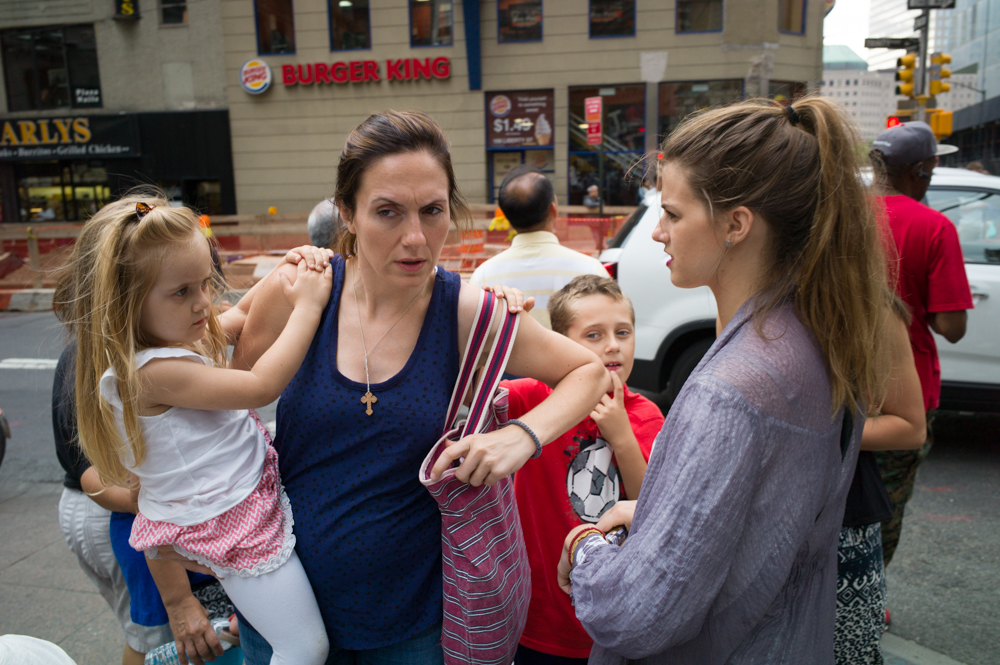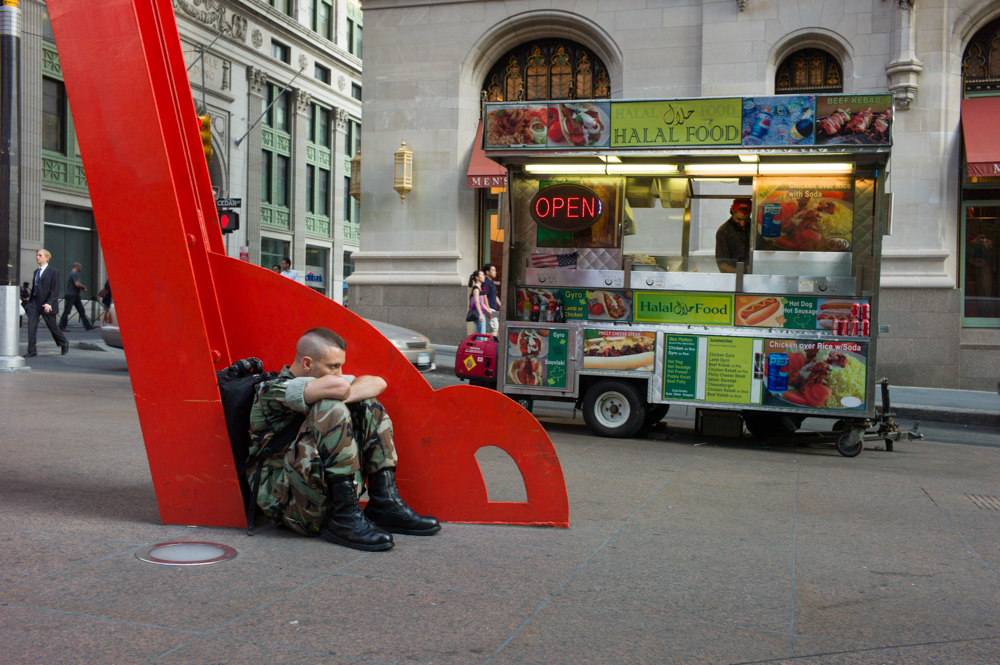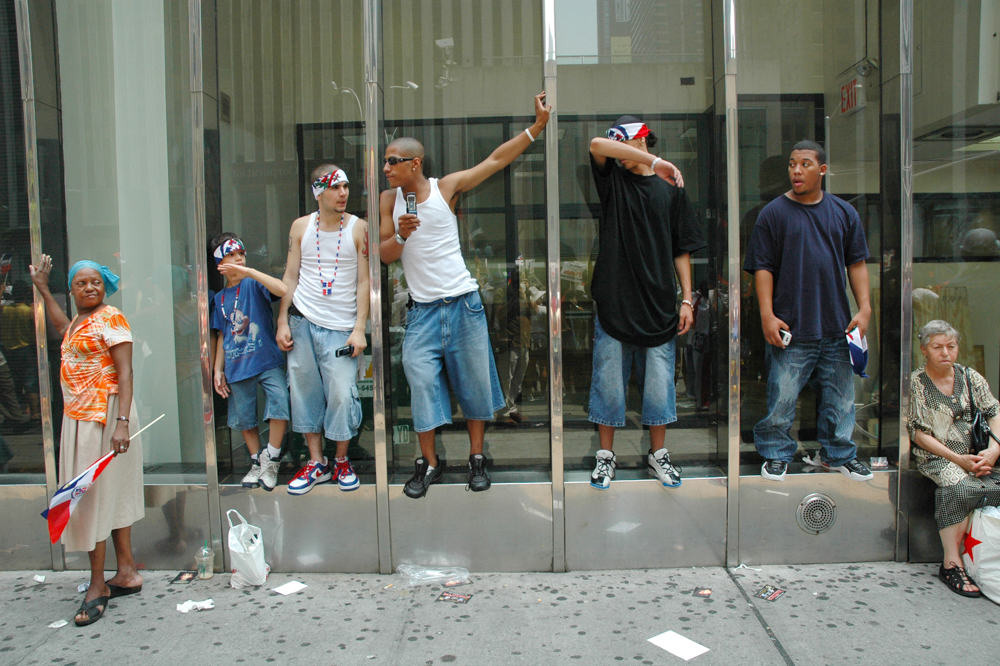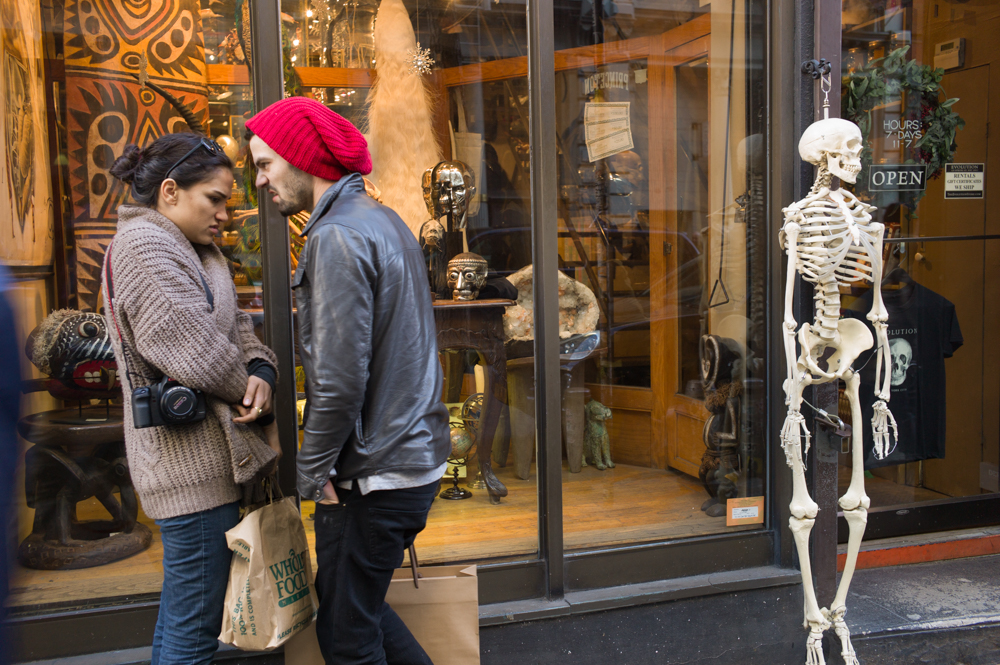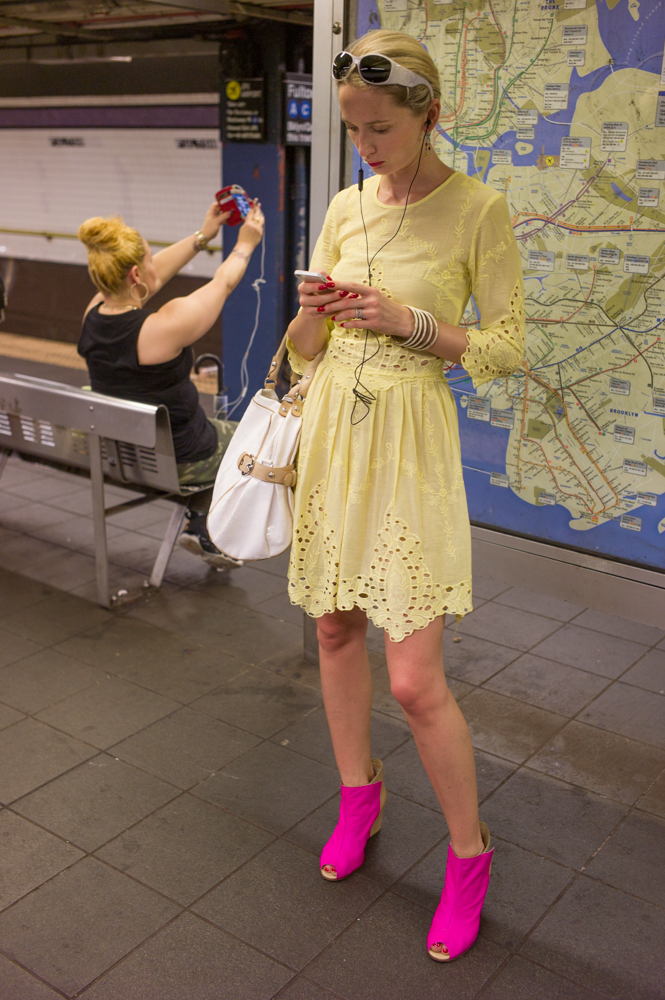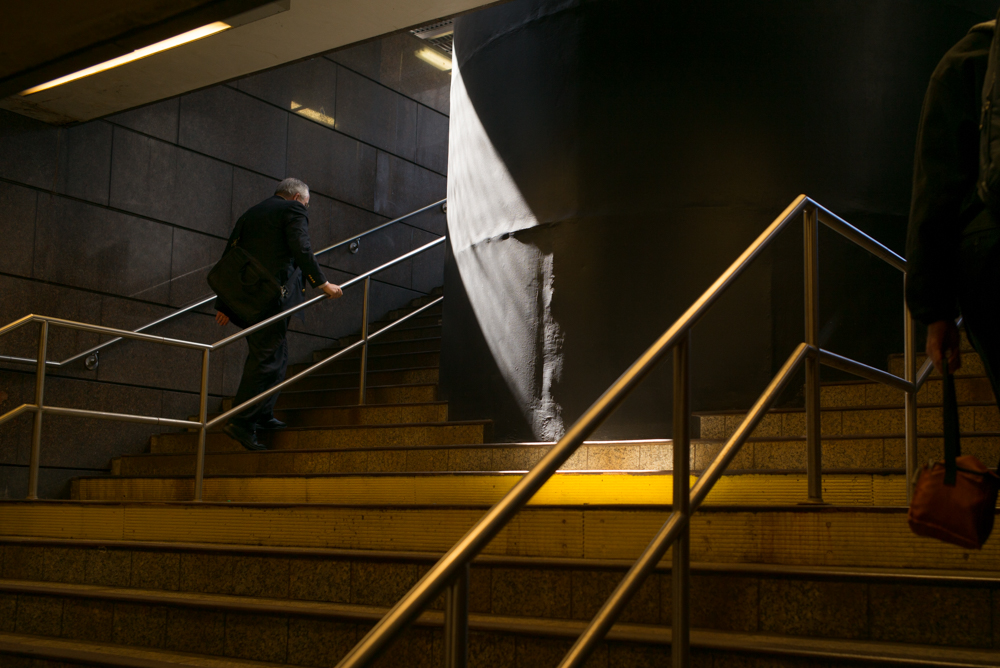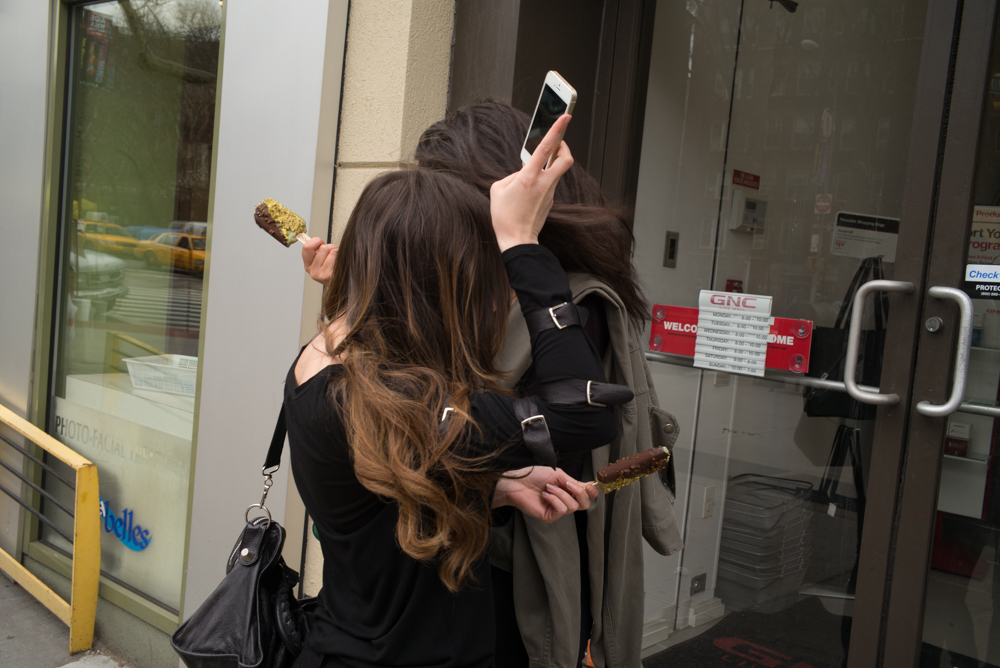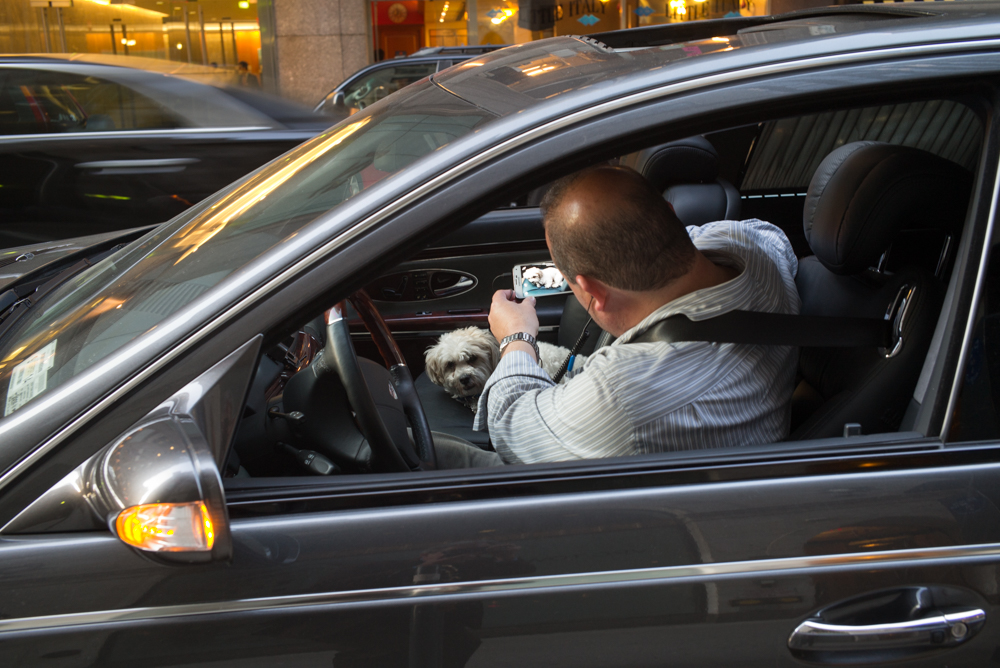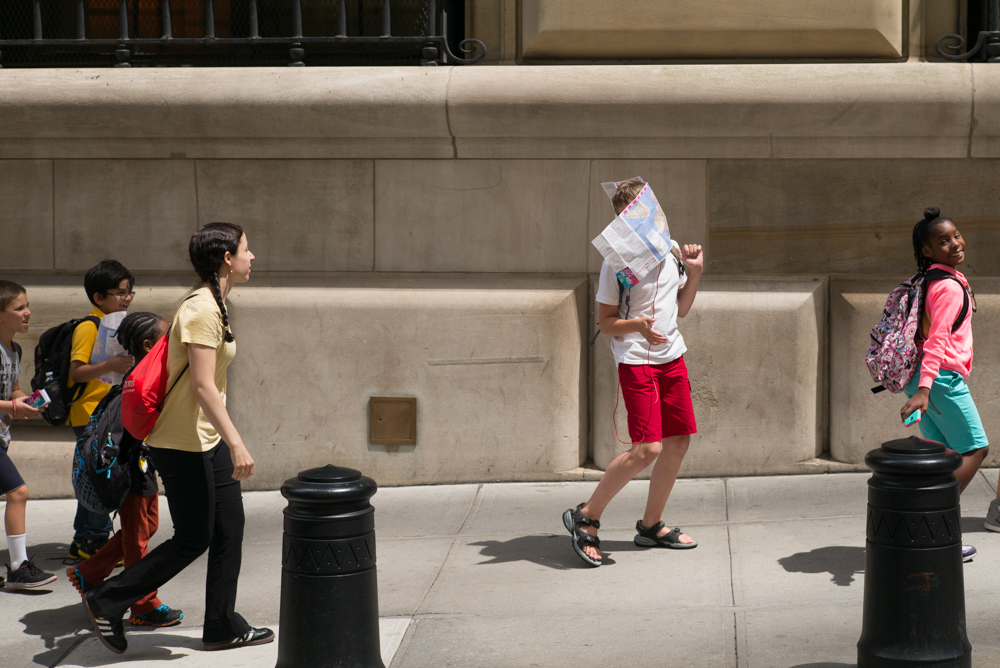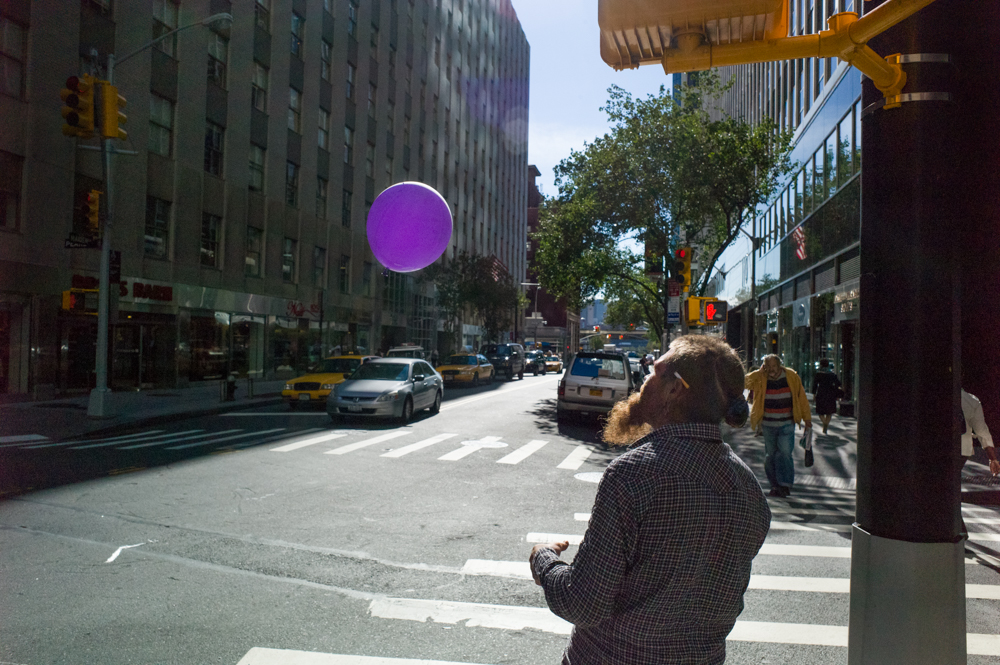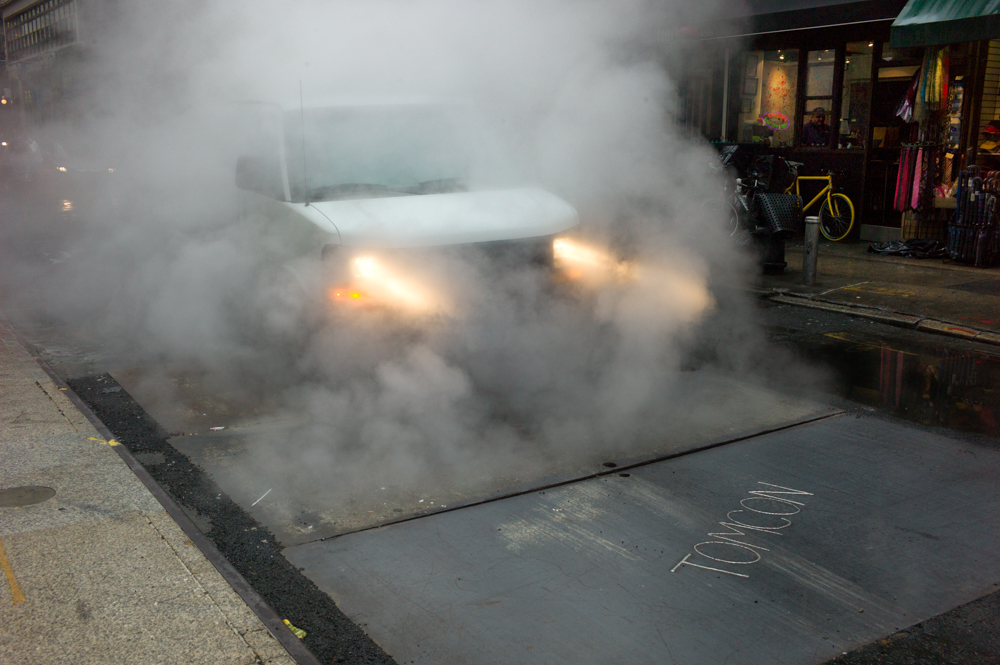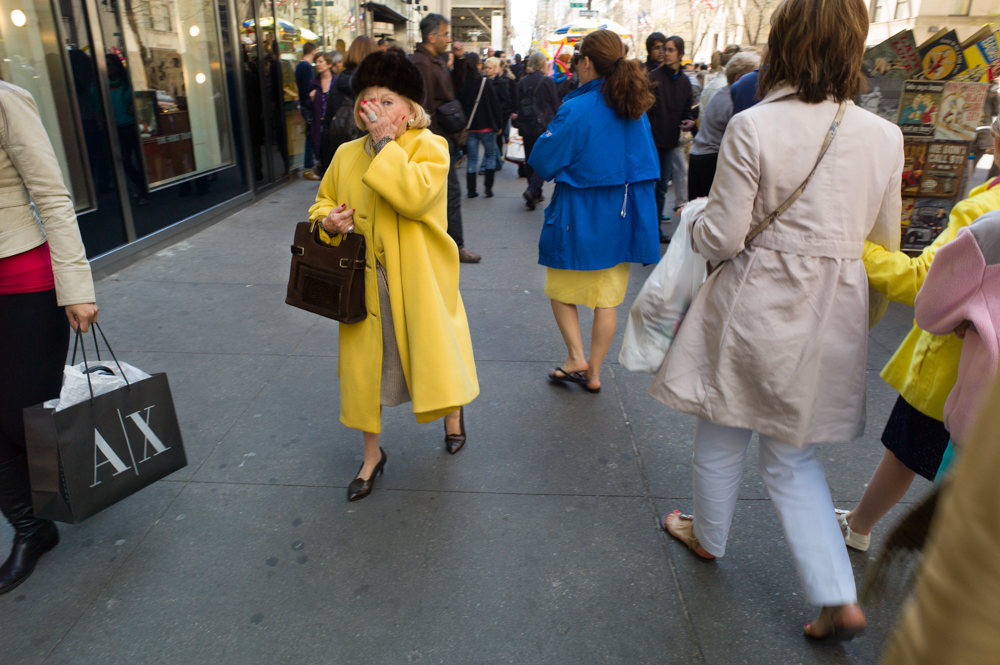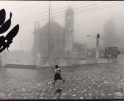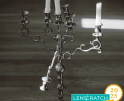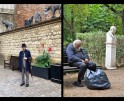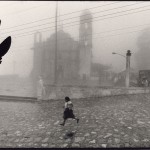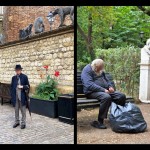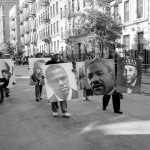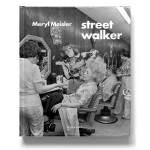Richard Bram: New York
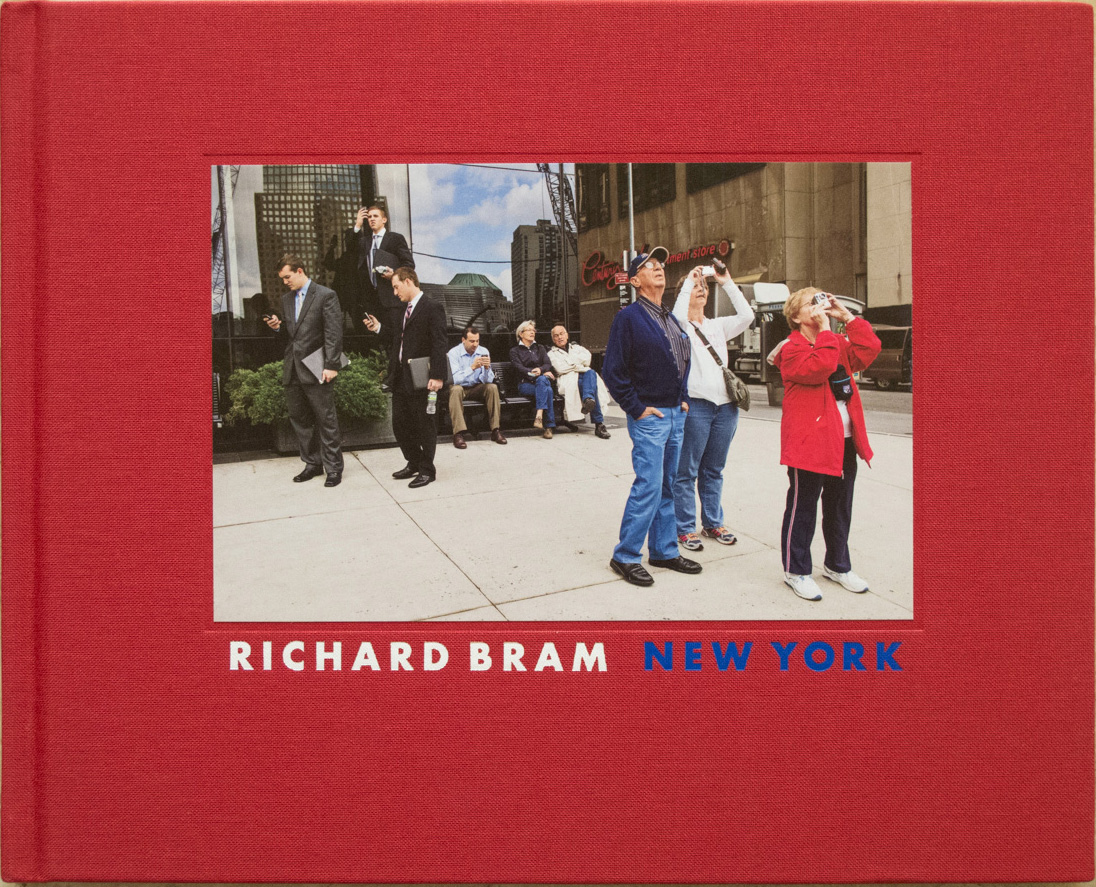 Peanut Press Books has recently released a new monograph, Richard Bram – New York, a wonderful compilation of a decade of seeing on the streets of the Big Apple. Richard Bram’s long time passion for street photography, capturing the sometimes humorous or telling details and gestures of the everyday, is evident in this collection. Street photography is the most authentic documentation of culture and behavior and Richard’s offerings reveal our obsession with our desire to connect through our cell phones juxtaposed with the profound sense of isolation that permeates our society. The book comes in three incarnations, the Red Edition – An edition of 890 hardbound books, bound in red and foil stamped, the Blue Edition – A limited edition of 100 signed and numbered books bound in blue, and accompanied by a print and the White Edition – A limited edition of 10 numbered and signed books bound in white, and accompanied by a portfolio of 10 prints in a handmade presentation box. The book can be found at selected retailers, including the photo-eye Bookstore or ordered here.
Peanut Press Books has recently released a new monograph, Richard Bram – New York, a wonderful compilation of a decade of seeing on the streets of the Big Apple. Richard Bram’s long time passion for street photography, capturing the sometimes humorous or telling details and gestures of the everyday, is evident in this collection. Street photography is the most authentic documentation of culture and behavior and Richard’s offerings reveal our obsession with our desire to connect through our cell phones juxtaposed with the profound sense of isolation that permeates our society. The book comes in three incarnations, the Red Edition – An edition of 890 hardbound books, bound in red and foil stamped, the Blue Edition – A limited edition of 100 signed and numbered books bound in blue, and accompanied by a print and the White Edition – A limited edition of 10 numbered and signed books bound in white, and accompanied by a portfolio of 10 prints in a handmade presentation box. The book can be found at selected retailers, including the photo-eye Bookstore or ordered here.
Richard will open the exhibition, Short Stories, at the Leica Store Gallery in New York with an opening on April 6th, from 6-8pm. The exhibition runs through June 3, 2017.
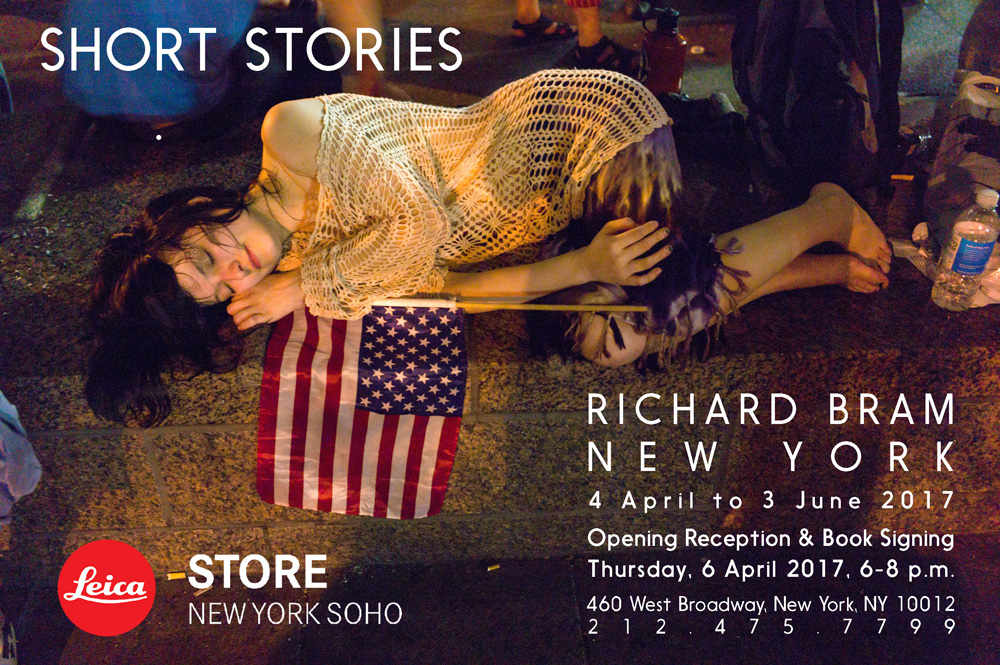 Richard Bram says this about himself and his work: “I call myself a Street Photographer, though once upon a time one would have simply said ‘I’m a photographer’ and that is what it would have meant. Most of my photographs originate in the random chaos of the public space of the street, in the ambient weirdness of everyday life. I always carry a camera. These images are my visual diary. They are not staged; reality is plenty strange enough.” He began his photographic career making his personal photos in black and white, but decided in 2010 to shoot almost entirely in color as a way to invigorate himself and his work.
Richard Bram says this about himself and his work: “I call myself a Street Photographer, though once upon a time one would have simply said ‘I’m a photographer’ and that is what it would have meant. Most of my photographs originate in the random chaos of the public space of the street, in the ambient weirdness of everyday life. I always carry a camera. These images are my visual diary. They are not staged; reality is plenty strange enough.” He began his photographic career making his personal photos in black and white, but decided in 2010 to shoot almost entirely in color as a way to invigorate himself and his work.
Born in Philadelphia in 1952, Richard Bram is one of the founding members of the premiere international street photographers’ collective, iN-PUBLiC. Shooting professionally since 1984, Bram devoted himself almost exclusively to working on the streets since moving to London in 1997. Returning to the States in 2008, he lived and photographed on the streets of New York City until 2017 when he returned to London.
Bram regularly exhibits, writes, lectures, and gives street photography workshops in such diverse locations as the Tate Modern and Tate Liverpool in the UK, Bangkok, Tel Aviv, Tbilisi and at home in New York City. In 2011 he curated “From Distant Streets,” an exhibition of 29 international street photographers. His work is in many institutional and corporate collections, including the Museum of London, the Museum of the City of New York, Bibliothèque nationale de France, George Eastman House/International Museum of Photography, and the University of Louisville Photographic Archives.
My new book “Richard Bram – New York” is the summary my New York years, and also represents a serious shift in my approach to my personal photography. I’m not romantic about New York. I lived there from 2008 through 2016 and spent a lot of time there before that. It’s a tough, hard, crowded, dirty place. The vertical nature of the City presses people together. They are wound up: maybe it’s the incessant crush, lack of private space, job pressure, dirt, unrelenting noise, lack of sleep, social pressure. People come and go, absorbed in their own worlds. They’re screaming, crying, talking, lost, and almost always staring at their phones. There are more neuroses per square meter than any place else on earth. This makes it very generous to a photographer.
My career began in 1984 in black & white, with film. Almost all of my personal work was made this way from 1984 through 2009. When we moved to New York in 2008, I continued in the same way for a while but the subject matter changed as I did. Unlike the more romantic black and white photographs I made while living in London or elsewhere, the mood here is ambivalent, ambiguous, questioning. That’s how I feel about the New York years.
Since 2010 I’ve been shooting almost entirely digital color. It’s much more difficult to do well; there is so much more that can go wrong. The challenge of mastering color in my personal work (I have always made color photos for professional work) was difficult, stressful, and worthwhile. Some people might change the color to something else in Photoshop. I won’t. My pictures are not manipulated, set up or composited. Reality is plenty strange enough.
Over time, I’ve come to think of my street photographs as short stories – perhaps even very short, if you consider the fraction of a second in which a photograph is made. There is a narrative beyond what is in the frame, and the viewer’s imagination fills in what is happening before, during and after the image was made. The mental narrative, dependent on what each viewer brings with them, may be completely different from what was happening in reality when I snipped a rectangle from it. To me, this is a virtue, that many different stories can be derived from one photo. The best photographs, whether mine or anyone else’s, work on more than one level and will mean different things to different people. I used to think of my photos as ‘non-fiction’ but when an image is made, frozen, taken from the time-stream, it ceases to be that but becomes a fiction. You don’t see anything else but the rectangle – everything I heard, saw, smelled outside that limitation is irrelevant. Reality is a continuity in four dimensions; a photograph is a representation in two.
Posts on Lenscratch may not be reproduced without the permission of the Lenscratch staff and the photographer.
Recommended
-
Suzanne Theodora White in Conversation with Frazier KingSeptember 10th, 2025
-
Jake Corcoran in Conversation With Douglas BreaultAugust 10th, 2025
-
Student Prize 2025: Top 25 to WatchJuly 20th, 2025
-
MOPD Reviews: Paul Stein: Nothing Is RevealedJuly 2nd, 2025
-
Jordan Gale: Long Distance DrunkFebruary 13th, 2025

